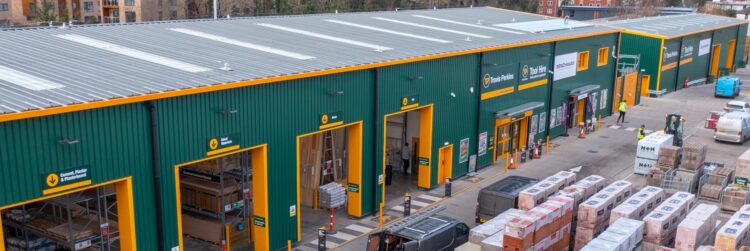Our method statement serves as a guide for safe and efficient drone operations. It ensures that everyone involved understands their responsibilities and follows standardised procedures to minimise risks and achieve successful outcomes.
Purpose: Clearly state the purpose of the drone operation. For example, it could be aerial mapping, inspection, or data collection.
Scope of Work: Describe the specific tasks that the drone will perform. This includes details such as flight area, altitude, and flight duration.
Methodology or Step-by-Step Procedure: Provide a detailed step-by-step guide on how the drone operation will be carried out. This should cover aspects like pre-flight checks, takeoff, flight path, data capture, and landing.
Risk Assessment: Identify potential risks associated with the operation. Consider factors like weather conditions, obstacles, nearby structures, and people. Explain how these risks will be mitigated.
Safety Measures: Specify safety precautions, emergency procedures, and communication protocols. Include information on maintaining a safe distance from people and property.
Equipment and Maintenance: Describe the drone equipment being used, including any additional tools or accessories. Highlight maintenance requirements and checks.
Personnel Roles and Responsibilities: Clearly define the roles of team members involved in the operation. This may include the pilot, visual observer, and any other support staff.
Record Keeping: Explain how flight logs, maintenance records, and incident reports will be documented and maintained.
Client Approval: If applicable, mention the client’s approval process for the method statement.

- Only competent and authorised persons with Operational Authorisation from the Civil Aviation Authority (CAA) are allowed to pilot drones for Aeroviews and will work within the operational limits of the operators manual.
- A Pre-deployment Assessment – Risk Assessment will be carried out prior to project commencement to confirm safety of task
- Aeroviews pilots will review the pre-deployment assessment and will carry out a site survey on arrival at the mission location. The flight will only proceed if the pilot deems the mission safe. Where necessary the pilot may change the planned flight path for a safer route.
- In cases where Aeroviews deems it necessary for safety and fulfillment of the project in question, the client will be advised that a pre-flight reconnaissance visit will be necessary.
- If Aeroviews is not advised that other drones are also in the mission location, the Pilot will not proceed.
- The Pilot will prepare safe take off and landing positions free of any obstacles, obstructions and persons. Where necessary these areas will be marked.
- The Pilot will check the drone and all related equipment. All flights will commence with batteries at full charge.
- The drone will always be flown within visual line of sight at an altitude no higher than 400ft from ground level unless special permission from the CAA has been granted.
- The drone will remain at a minimum distance of 30m away on take off and landing, and 50m in general flight from the public where the public is not informed or under the pilots control.
- Where possible, Aeroviews will find alternatives to hovering or loitering the drone over property, sensitive areas and people.
- Where there are cranes in place, the Pilot will keep at a safe height and distance.
- Where the flight path is required to enter flight restricted zones, Aeroviews will contact the necessary authorities.
- When the drone indicates that batteries are at 30% of charge, the Pilot will assess power requirement and finalise filming or photography sequence and will commence returning the drone to the landing location to change batteries.
- When the task is completed the data will be checked and saved for later processing and the client will be informed when the data will be sent to them.
- Where necessary in the interests of privacy a Privacy Impact Assessment and Data Protection Impact Assessment will be carried out.
